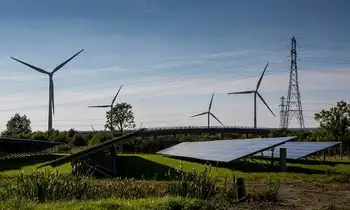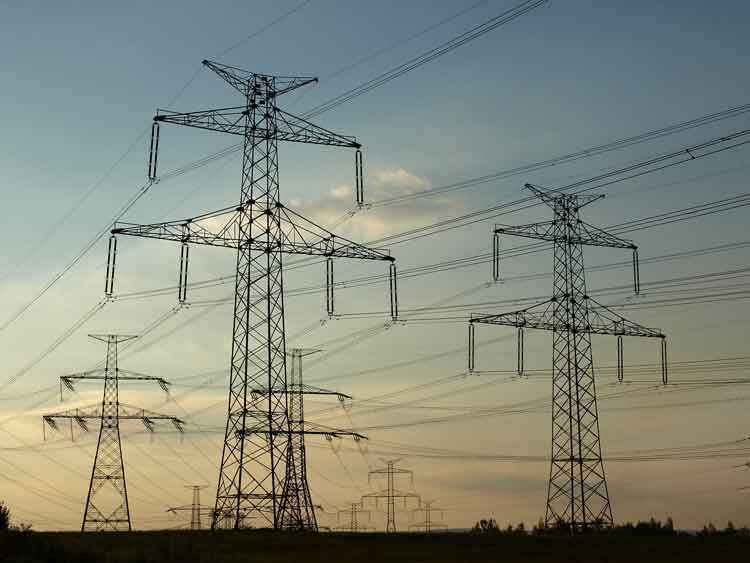Alberta Carbon tax is gone, but consumer price cap on electricity will remain

Arc Flash Training CSA Z462 - Electrical Safety Essentials
Our customized live online or in‑person group training can be delivered to your staff at your location.

- Live Online
- 6 hours Instructor-led
- Group Training Available
Alberta Electricity Rate Cap stays despite carbon tax repeal, keeping the Regulated Rate Option at 6.8 cents/kWh. Levy funds cover market gaps as the UCP reviews NDP policies to maintain affordable utility bills.
Key Points
Program capping RRO power at 6.8 cents/kWh, using levy funds to offset market prices while the UCP reviews policy.
✅ RRO cap fixed at 6.8 cents/kWh for eligible customers
✅ Levy funds pay generators when market prices exceed the cap
✅ UCP reviewing NDP policies to ensure affordable rates
Alberta's carbon tax has been cancelled, but a consumer price cap on electricity — which the levy pays for — is staying in place for now.
June electricity rates are due out on Monday, about four days after the new UCP government did away with the carbon charge on natural gas and vehicle fuel.
Part of the levy's revenue was earmarked by the previous NDP government to keep power prices at or below 6.8 cents per kilowatt hour under new electricity rules set by the province.
"The Regulated Rate Option cap of 6.8 cents/kWh was implemented by the previous government and currently remains in effect. We are reviewing all policies put in place by the former government and will make decisions that ensure more affordable electricity rates for job-creators and Albertans," said a spokesperson for Alberta's energy ministry in an emailed statement.
Albertans with regulated rate contracts and all City of Medicine Hat utility customers only pay that amount or less, though some Alberta ratepayers have faced deferral-related arrears.
If the actual market price rises above that, the difference is paid to generators directly from levy funds, a buffer that matters as experts warn prices are set to soar later this year.
The government has paid more than $55 million to utilities over the past year ending in March 2019, due to that electricity price cap being in place.
Alberta Energy says the price gap program will continue, at least for the time being, amid electricity policy changes being considered.











